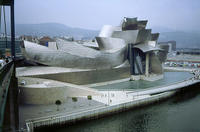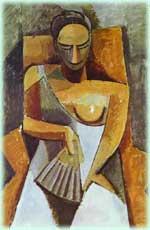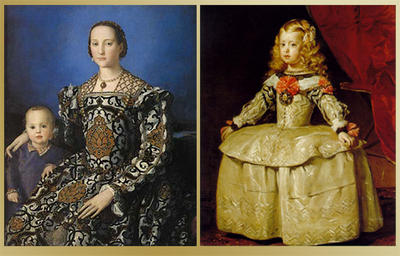Animated GIFs in Photoshop 7 and ImageReady
http://www.peachpit.com/articles/article.asp?p=31536&rl=1This is an in-depth tutorial on creating animated GIFS. Refer to this article to review everything you need to know to create animated.
Examples of Student Animated GIFS
Buoyancy:
http://www.thirteen.org/edonline/gallery/animations_buoyancy.htmlThese animations were created by 8th graders (at Poly Prep) to demonstrate their knowledge of the Archimedes Principle.
Savage Earth:
http://www.thirteen.org/edonline/gallery/animations.htmlMy students (again, at Poly Prep) were asked to create animation to illustrate earthquakes, tsunamis and volcanoes.
Cell Biology:
http://www.thirteen.org/edonline/gallery/animations_cell.htmlThese animations were created by 7th grade students (yet again, at Poly Prep) as part of a science unit on cellular processes.
Introduction to Animation Using Flash
What is Flash?
Macromedia Flash is a multimedia graphics program specially for use on the Web
Flash enables you to create interactive "movies" on the Web
Flash uses vector graphics, which means that the graphics can be scaled to any size without losing clarity/quality
Flash does not require programming skills and is easy to learn
-from W3Schools.com
http://www.w3schools.com/flash/flash_intro.aspAnimation Basics
Idlewild: Tutorials: Bouncing Ball
http://www.idleworm.com/how/anm/01b/bball.shtmlThis is everything you need to understand the basic principles of animation, especially squash and stretch.
Cartoonster: Fun Animation Tutorials
http://www.cartoonster.com/This site demonstrates the effect of frame rate (frames per second). Squash and stretch are also covered again in this simple tutorial
Flash Basics
Phong (Flash Animation Tutorial)
http://www.phong.com/tutorials/flash/animation/index2.php“When an object squashes and stretches, it appears to be composed of a softer, organic, elastic material. Objects which do not stretch appear rigid and plain.”
Acky.net Tutorials: Flash : Bouncing Ball
http://www.acky.net/tutorials/flash/bouncing_ball/This is another approach to the bouncing ball, try it this way for homework: try to understand “Easing In” and “Easing Out”.
Macromedia Software
http://www.macromedia.com/Download the trial version of Flash MX 2004 from this site, if you want to work at home.
FLASH Tutorials:Animation the old Fashioned Way with Flash
http://www.samspublishing.com/articles/article.asp?p=28807&rl=1Animation Tutorials for Flash
http://webdesign.about.com/cs/flashtutsanimation/STOP MOTIONFrame Thief
http://www.framethief.com/download.htmlShareware for stop motion animation
Examples of Animation
Schlumberger SEED, the science education web site.Using Macromedia Flash, Adobe Photoshop and Adobe ImageReady, I created these animations to illustrate a unit on Science in the Bathroom.
In the Bathroom
http://www.seed.slb.com/en/scictr/watch/bathroom/index.htmUsing Macromedia Flash, Adobe Photoshop and Adobe ImageReady, I created these animations to illustrate a unit on science in the Bathroom.
Bubbles
http://www.seed.slb.com/en/scictr/watch/bathroom/bubbles.htmIllustrations and a flash animation linked on this page; “Watch the soap bubbles form”
Mist on the Mirror
http://www.seed.slb.com/en/scictr/watch/bathroom/mist.htmFloating Duck
http://www.seed.slb.com/en/scictr/watch/bathroom/duck.htmThe Bath is Too Cold!
http://www.seed.slb.com/en/scictr/watch/bathroom/toohot.htmFlushing Vortex
http://www.seed.slb.com/en/scictr/watch/bathroom/vortex.htmThe Drying Hairdryer
http://www.seed.slb.com/en/scictr/watch/bathroom/dryer.htmIllustrations and animation about other science topics:
The Cartesian Diver
http://www.seed.slb.com/en/scictr/lab/diver/index.htmPermeability
http://www.seed.slb.com/en/scictr/lab/permeability/index.htmBuild a Buckyball
http://www.seed.slb.com/en/scictr/lab/buckyball/index.htmSalvadori Foundation education and the built environment.
http://www.salvadori.org/aocThis site is an animated companion to The Art of Construction by Mario Salvadori. I created over 150 illustrations and animations on this site.










